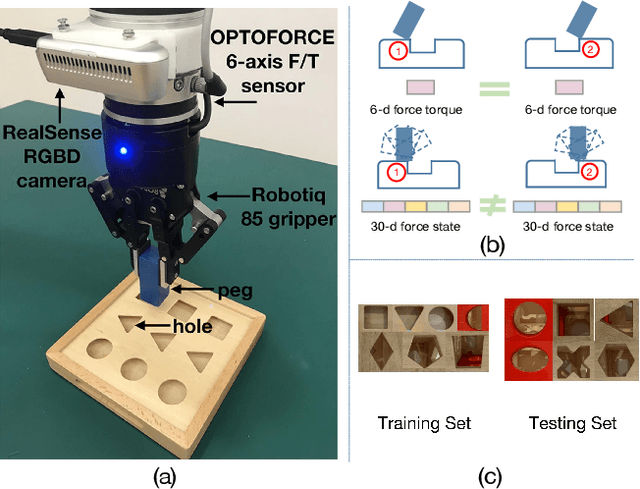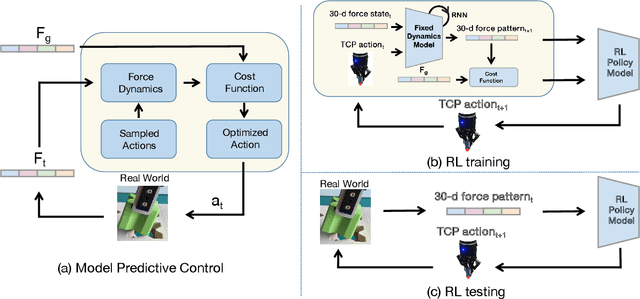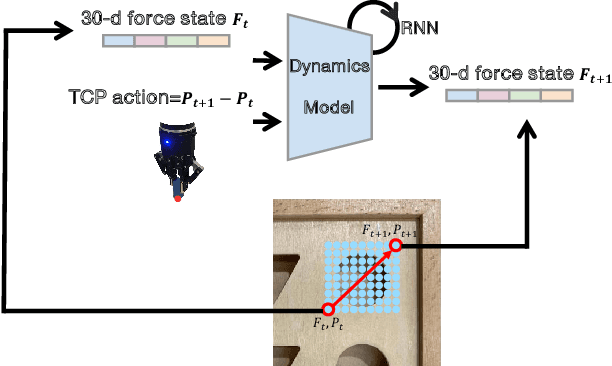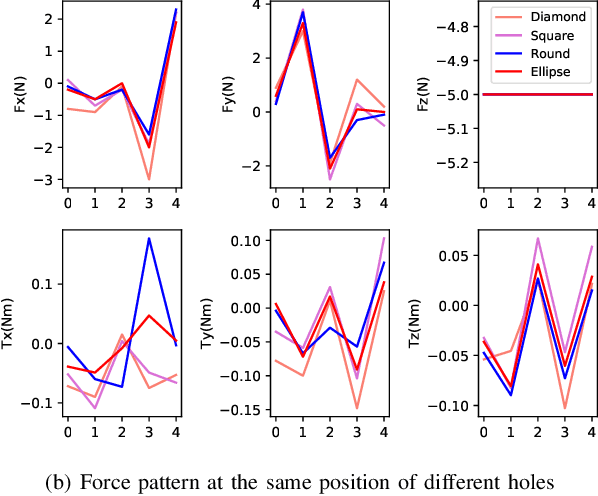Junfeng Ding
SDGOCC: Semantic and Depth-Guided Bird's-Eye View Transformation for 3D Multimodal Occupancy Prediction
Jul 22, 2025Abstract:Multimodal 3D occupancy prediction has garnered significant attention for its potential in autonomous driving. However, most existing approaches are single-modality: camera-based methods lack depth information, while LiDAR-based methods struggle with occlusions. Current lightweight methods primarily rely on the Lift-Splat-Shoot (LSS) pipeline, which suffers from inaccurate depth estimation and fails to fully exploit the geometric and semantic information of 3D LiDAR points. Therefore, we propose a novel multimodal occupancy prediction network called SDG-OCC, which incorporates a joint semantic and depth-guided view transformation coupled with a fusion-to-occupancy-driven active distillation. The enhanced view transformation constructs accurate depth distributions by integrating pixel semantics and co-point depth through diffusion and bilinear discretization. The fusion-to-occupancy-driven active distillation extracts rich semantic information from multimodal data and selectively transfers knowledge to image features based on LiDAR-identified regions. Finally, for optimal performance, we introduce SDG-Fusion, which uses fusion alone, and SDG-KL, which integrates both fusion and distillation for faster inference. Our method achieves state-of-the-art (SOTA) performance with real-time processing on the Occ3D-nuScenes dataset and shows comparable performance on the more challenging SurroundOcc-nuScenes dataset, demonstrating its effectiveness and robustness. The code will be released at https://github.com/DzpLab/SDGOCC.
Transferable Force-Torque Dynamics Model for Peg-in-hole Task
Nov 30, 2019



Abstract:We present a learning-based force-torque dynamics to achieve model-based control for contact-rich peg-in-hole task using force-only inputs. Learning the force-torque dynamics is challenging because of the ambiguity of the low-dimensional 6-d force signal and the requirement of excessive training data. To tackle these problems, we propose a multi-pose force-torque state representation, based on which a dynamics model is learned with the data generated in a sample-efficient offline fashion. In addition, by training the dynamics model with peg-and-holes of various shapes, scales, and elasticities, the model could quickly transfer to new peg-and-holes after a small number of trials. Extensive experiments show that our dynamics model could adapt to unseen peg-and-holes with 70% fewer samples required compared to learning from scratch. Along with the learned dynamics, model predictive control and model-based reinforcement learning policies achieve over 80% insertion success rate. Our video is available at https://youtu.be/ZAqldpVZgm4.
 Add to Chrome
Add to Chrome Add to Firefox
Add to Firefox Add to Edge
Add to Edge